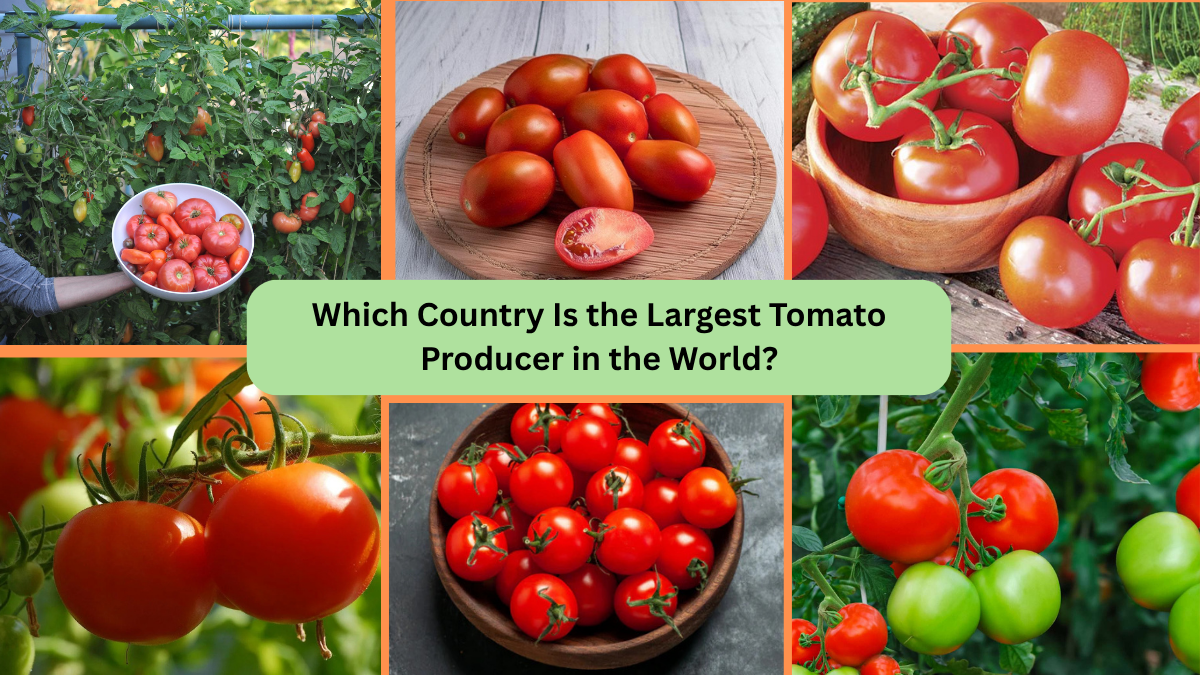Tomatoes those vibrant, juicy fruits often mistaken for vegetables are a staple in kitchens across the globe. From salads and sauces to soups and juices, tomatoes are an essential ingredient in countless dishes, loved for their flavor, versatility, and health benefits. But have you ever wondered where most of these delicious red fruits come from? Which country leads the world in tomato production?
In this article, we’ll uncover the world’s largest tomato producer, explore the history of tomato cultivation, and discover what makes this crop so valuable in the global market.
A Brief History of the Tomato
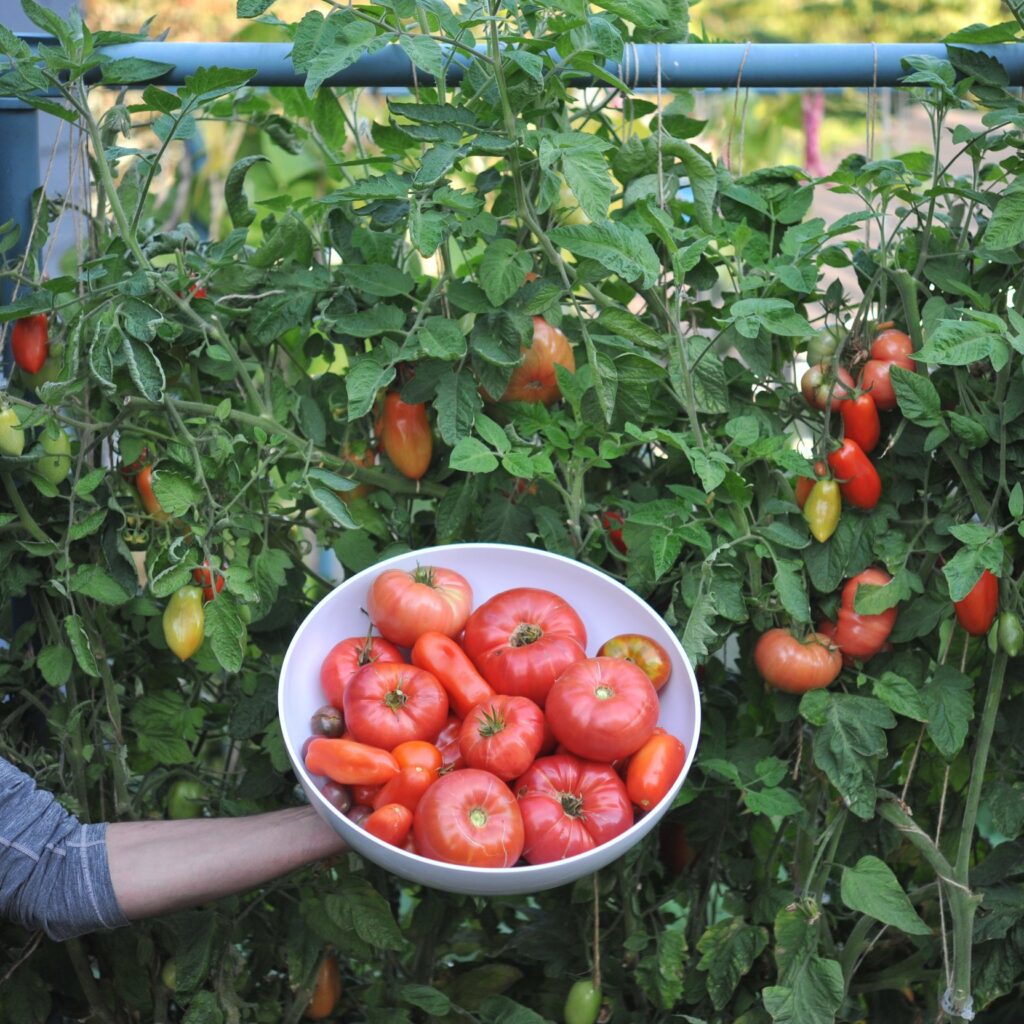
Before diving into the statistics, let’s take a quick journey through the history of the tomato. Native to western South America, particularly regions of present-day Peru, Ecuador, and northern Chile, tomatoes were first domesticated by the indigenous peoples of Mexico. The Aztecs and other Mesoamerican civilizations incorporated tomatoes into their diet long before the Spanish arrived.
In the early 16th century, Spanish explorers brought tomatoes to Europe, where they were initially met with suspicion. Over time, tomatoes gained popularity in Mediterranean countries, becoming a crucial ingredient in Italian, Spanish, and Greek cuisines. Today, tomatoes are grown in almost every country with a suitable climate, thriving in warm, sunny conditions.
The Global Importance of Tomato Production
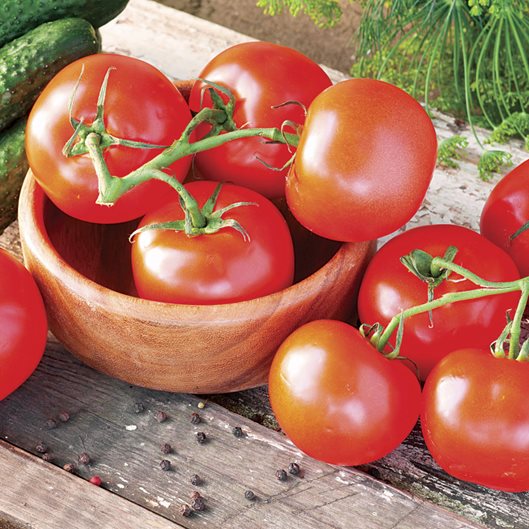
Tomatoes are one of the most widely grown horticultural crops globally. They’re cultivated in open fields, greenhouses, and home gardens, ranging from small-scale family farms to vast industrial operations. According to the Food and Agriculture Organization (FAO) of the United Nations, global tomato production exceeds 180 million metric tons annually.
Tomatoes are used fresh in salads and sandwiches, processed into sauces, ketchup, canned goods, juices, and even cosmetic products. Their rich content of vitamins A, C, and lycopene (a powerful antioxidant) makes them not only delicious but also a valuable health food.
With such widespread use and economic significance, it’s no surprise that tomato production is a major agricultural industry in many countries.
Which Country Produces the Most Tomatoes?
As of the latest global agricultural reports, China is the largest tomato producer in the world — and by a substantial margin.
Top Tomato Producing Countries (Approximate Annual Production):
- China — 67 million metric tons
- India — 21 million metric tons
- Turkey — 13 million metric tons
- United States — 11 million metric tons
- Egypt — 7.5 million metric tons
Together, these five countries account for more than 60% of the world’s total tomato production.
Why Is China the World’s Top Tomato Producer?
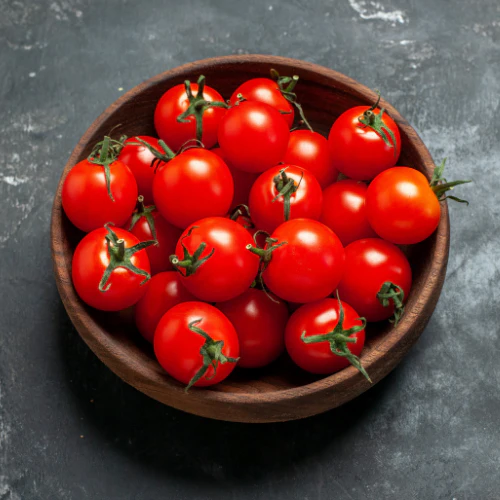
Several factors have contributed to China’s dominance in tomato cultivation:
1.Vast Agricultural Land and Varied Climate
China possesses vast areas of arable land and a range of climates suitable for growing different varieties of tomatoes from temperate to subtropical regions. This allows year-round production in various parts of the country.
2.High Demand in Domestic and International Markets
China has a massive domestic population with increasing culinary and health awareness. Tomatoes are a key ingredient in Chinese cuisine, appearing in dishes like tomato and egg stir-fry and tomato soup noodles. Additionally, China is a leading exporter of processed tomato products, especially tomato paste, which is shipped to markets across Asia, Europe, and Africa.
3.Advanced Agricultural Techniques
Modern greenhouse technology, drip irrigation systems, and high-yield hybrid tomato varieties have boosted production levels in China. The government’s support for agricultural modernization has also played a crucial role in increasing output.
4. Economies of Scale
Large-scale tomato farming operations allow for efficient cultivation, harvesting, processing, and transportation. This has made China’s tomato industry highly competitive on the global stage.
Key Tomato-Producing Regions in China
Tomato cultivation in China is concentrated in specific provinces known for their favorable growing conditions and processing facilities:
- Xinjiang Uygur Autonomous Region: Often referred to as the “Tomato Capital of China,” Xinjiang contributes a significant share of China’s tomato production, particularly for export purposes. The dry, sunny climate and rich soil are ideal for high-quality tomato crops.
- Gansu Province: Known for both fresh and processing tomatoes.
- Inner Mongolia and Hebei Province: Major contributors to domestic tomato supply chains.
China’s Role in Global Tomato Exports
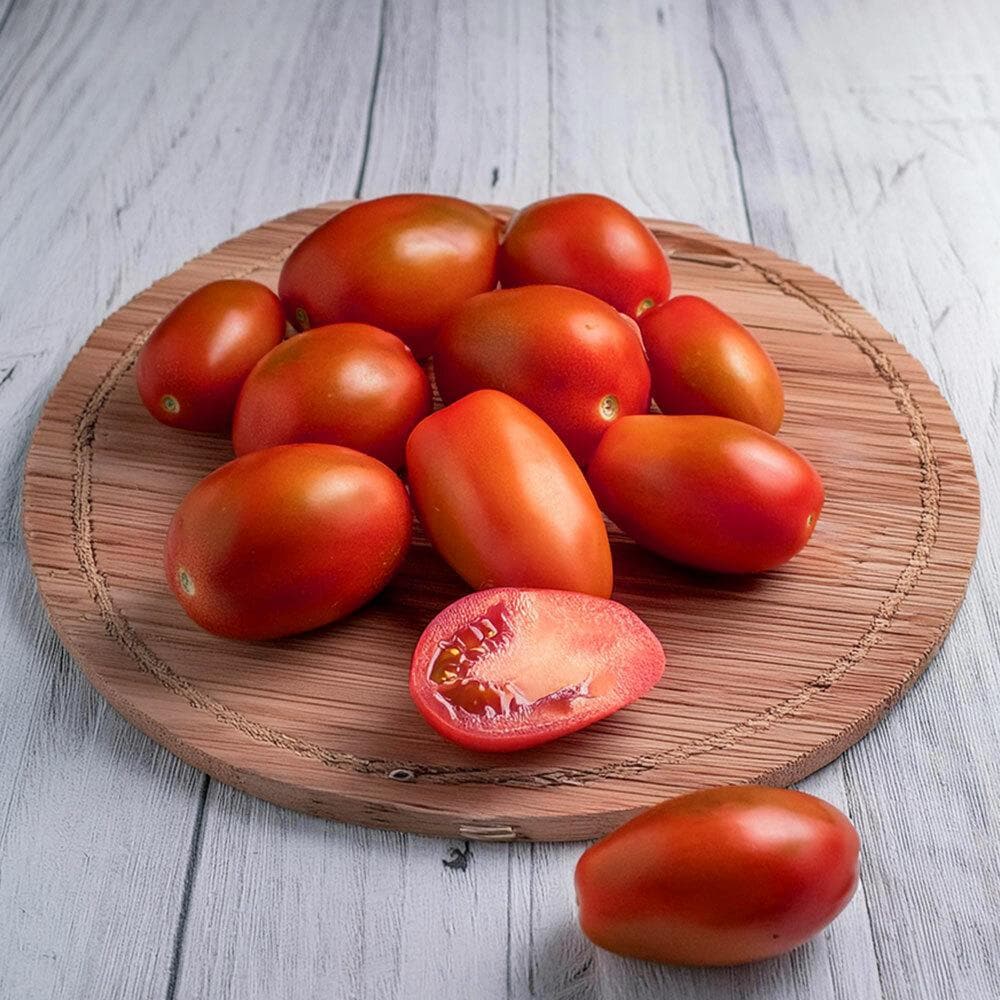
While China consumes much of its tomato harvest domestically, it’s also a major exporter of processed tomato products. The country is especially dominant in the export of tomato paste, which is a critical ingredient for sauces, soups, and canned goods worldwide.
China’s tomato paste factories many of which are located in Xinjiang produce thousands of tons annually, supplying major food companies and supermarkets across Africa, the Middle East, and Europe.
India: The Second-Largest Tomato Producer
Hot on China’s heels is India, producing over 21 million metric tons of tomatoes annually. Tomato farming is a crucial source of income for millions of Indian farmers.
Key Factors Driving India’s Tomato Production:
- Tropical and subtropical climate suitable for year-round cultivation.
- High domestic demand for fresh tomatoes in curries, chutneys, and street food.
- Extensive small and medium-sized farms across states like Andhra Pradesh, Karnataka, Maharashtra, and Tamil Nadu.
Despite its high production, India’s tomato export volume remains relatively small due to high internal consumption and logistical challenges.
Other Major Tomato Producers
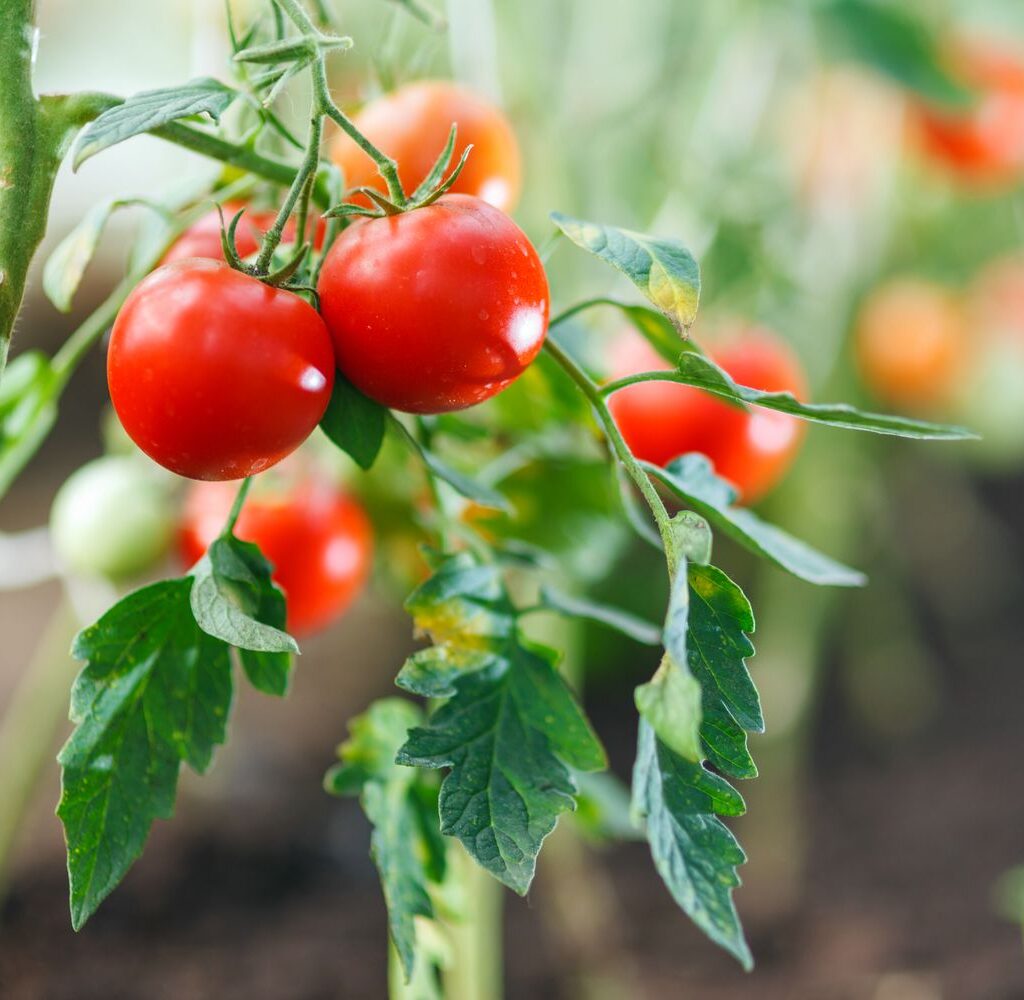
Turkey
With over 13 million metric tons produced yearly, Turkey ranks third globally. It’s a leading exporter of fresh tomatoes to European markets and neighboring countries.
United States
Producing around 11 million metric tons annually, the U.S. is famous for large-scale, mechanized tomato farming. California leads American tomato production, especially for processing tomatoes used in ketchup, sauces, and canned goods.
Egypt
Egypt’s warm, sunny climate allows multiple harvests a year. The country produces about 7.5 million metric tons, supplying both domestic and export markets.
The Future of Global Tomato Production
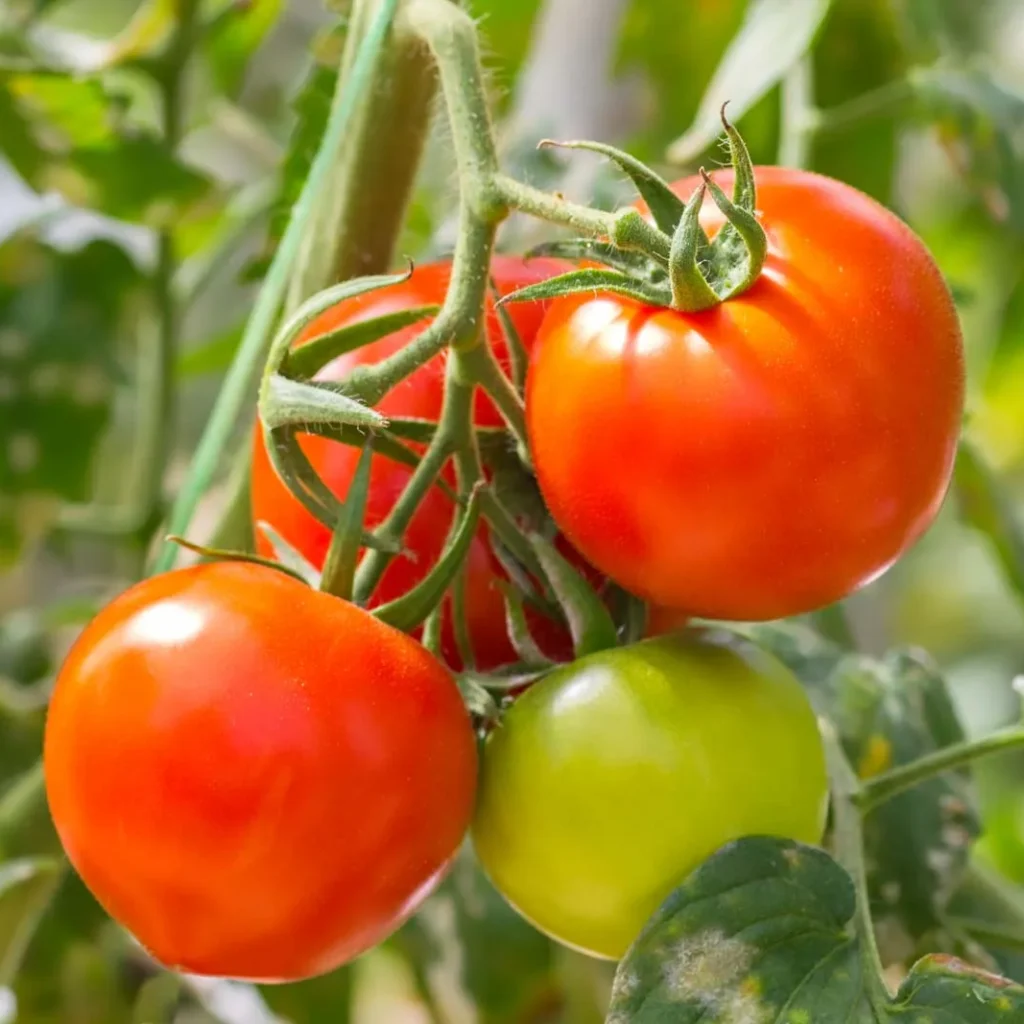
As climate change, water scarcity, and urbanization impact agriculture worldwide, the tomato industry is adopting innovative solutions:
- Greenhouse farming and hydroponics for year-round, efficient production.
- Drought-resistant varieties to withstand changing weather patterns.
- Vertical farming in urban environments to reduce land use and transport costs.
- Increased focus on organic tomatoes and sustainable farming practices.
China is expected to maintain its position as the world’s top producer due to its vast production capacity, modern technology, and robust export network.
Final Thoughts
The humble tomato, once feared and misunderstood, has grown into one of the most important and widely consumed crops in the world. Thanks to its nutritional value, culinary versatility, and global popularity, tomatoes hold a permanent place in both home kitchens and international markets.
And standing tall among all nations is China, the undisputed king of tomato production, feeding not only its own massive population but also countless others through the export of fresh and processed tomato products.
As global demand for healthy, plant-based, and flavorful foods continues to rise, the tomato’s future as a beloved staple crop looks brighter and redder than ever.
